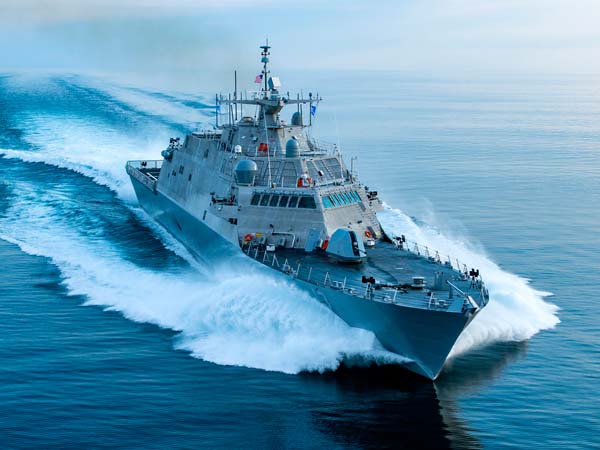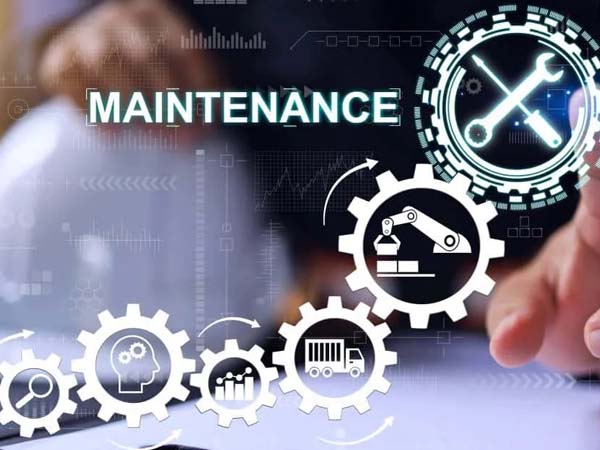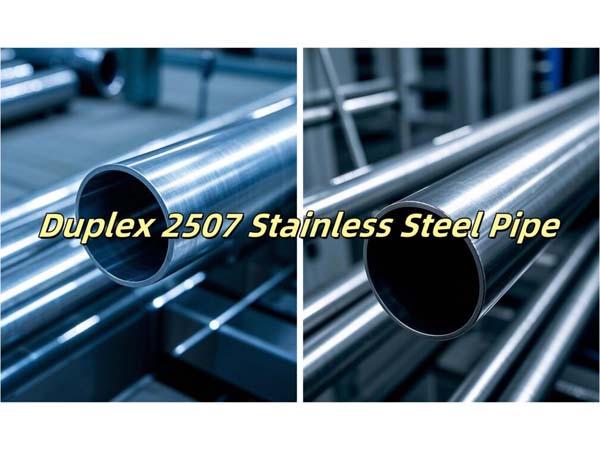





Phone
+86-731-82250427
Address
25th floor, C3 Building, Wanda Plaza, Kaifu District, Changsha, Hunan Province, China.
 Apr 15 2024
Apr 15 2024Nitronic 32 (UNS S24100, XM-28) is a low-nickel austenitic stainless steel commonly chosen as a substitute for 304 stainless steel in cases where greater strength and comparable corrosion resistance are required. Both materials are excellent choices for basic cold-headed components. Nitronic 32 exhibits a high rate of work hardening, enabling enhanced strength while preserving ductility. Additionally, the material can undergo hot or cold working with ease, although annealing is recommended after extensive cold forming.
Aerospace Applications: In certain aerospace components that require a combination of high-temperature strength and corrosion resistance
Petrochemical Industry: Used in applications such as heat exchangers, pumps, and valves, where resistance to corrosion and high-temperature performance are required
Chemical Processing: Used for equipment such as reactors, valves, and fittings, where resistance to corrosion and high-temperature stability are essential
Power Generation: Used for components such as turbine blades, seals, and combustion chambers, where high-temperature strength and corrosion resistance are crucial
Automotive Exhaust Systems: Can withstand the harsh conditions of exhaust gases and effectively resist corrosion and degradation at elevated temperatures
Industrial Furnaces and Kilns: Can withstand prolonged exposure to high temperatures without significant degradation
|
Material |
Cr |
P |
S |
Ni |
Si |
C |
Mn |
N |
|
Nitronic 32 |
16.5-19.0 |
0.045max |
0.03max |
0.50-2.50 |
1.00max |
0.15max |
11.0-14.00 |
0.20-0.45
|
|
Material |
Tensile strength |
Yield strength 0,2 |
Elongation |
Hardness HB30 |
|
Nitronic 32 |
690N/mm² |
379N/mm² |
30% |
92HB |
Nitronic 32 is frequently chosen as a substitute for 304 stainless steel when there is a need for increased strength and comparable corrosion resistance. It exhibits corrosion resistance similar to type 304 in weak acid solutions and pitting environments. However, in more aggressive environments, it offers slightly lower corrosion resistance compared to type 304. It is important to note that due to its higher carbon content, Nitronic 32 is not as resistant to intergranular attack as type 304. Consequently, it will not pass ASTM A262 tests when subjected to sensitization at 1250°F.
Nitronic 32 does not harden by heat treatment. Anneal by heating to 1950°F followed by rapid cooling.
In heat treatment, Nitronic 32 is often subjected to heating to alleviate residual stresses that may have developed during fabrication or machining. The specific heating process and temperature range depend on the desired stress relief and the specific requirements of the application. Controlled cooling is then employed to prevent the formation of new stresses.
To remove surface impurities and oxide layers from Nitronic 32 stainless steel, pickling is a commonly employed technique. This process involves immersing the material in a pickling solution, typically an acid-based solution, to dissolve contaminants and restore the material's corrosion resistance. It is crucial to carefully regulate the concentration and temperature of the pickling solution during the process to avoid excessive etching or corrosion of the stainless steel surface.
Nitronic 32 can be formed using the same methods employed for other stainless steels. It is highly suitable for shaping into various shapes and sizes using common forming techniques.
Hot Forming: Elevated temperatures soften Nitronic 32, making it more malleable and facilitating shaping through processes such as hot rolling, hot forging, and hot extrusion. Hot forming is commonly utilized for larger and more intricate components that require substantial deformation or shaping.
Cold Forming: Nitronic 32 also exhibits excellent cold formability, allowing for easy shaping and deformation at room temperature through processes like cold rolling, cold drawing, bending, and stamping. Cold forming is often employed to produce smaller components, intricate shapes, and parts with tight tolerances.
While Nitronic 32 shares similar machinability characteristics with other austenitic stainless steels, its high work hardening rate necessitates the use of heavy machinery with carbide-coated tools during machining. Additionally, the material requires rigid clamping and slower cutting speeds. It is crucial to note that slow speeds, positive feeds, and ample resulphurized lubricant are essential for successful machining of this material.
The weldability fo Nitronic 32 stainless steel is similar to 304 stainless steel, it can be welded using conventional methods such as gas tungsten arc (GTAW), gas metal arc (GMAW), and shielded metal arc (SMAW), and no pre-heating is required. When filler metal is required, a filler with similar chemistry to the base material should be used to avoid a reduction in strength or resistance to intergranular attack.
Ø Bar & Rod
Ø Plate & Sheet
Ø Coil & Strip
Ø Pipe & Tube
Ø Fitting: Flange, Tee, Elbow, Reducer etc.
Ø Forging: Ring, Shaft, Circle, Block etc.
Ronsco is a supplier with more than 27 years of experience in the special metal field, we always adheres to the business phiosophy of "customer-centered", tries its best to meet the requirements of customers and pursues win-win cooperation with customers. Are you looking for special metal products one-stop supplier! Contact Us Now! Email: marketing@ronsteel.com
